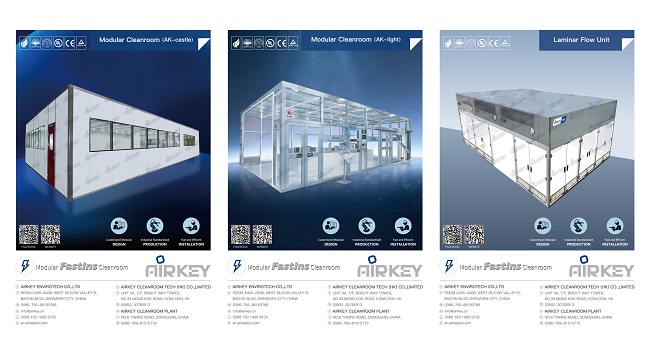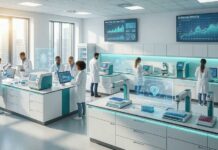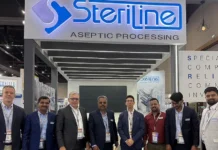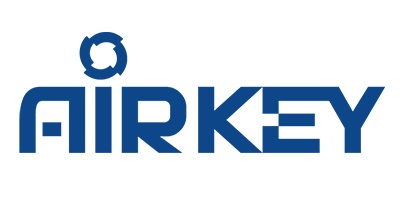When it comes to the manufacturing of drugs, particularly culture of cells, a high-level of clean and sterile environment is required with temperature, humidity and differential pressure controlled to certain ranges. Typically, traditional clean rooms lack the flexibility and scalability to meet special demands of all the processes and normally take longer and more to complete the construction.
That is why modular clean rooms, especially prefabricated cleanroom, are playing an increasing role in pharmaceutical and medical industries. From design to construction, modular cleanroom shortens time on every stage, saving a lot of costs and providing higher potential for medicine manufacturing now and in future
With the advancement of artificial intelligence, an increasing number of production lines are replaced by AI and countless intelligent pharmaceutical devices and processes are emerging. In order to meet the rising demands on smart production, innovations of cleanrooms are also surging, providing secure and intelligent controlled environment that is dust-free and sterile.
Response to automation and robotics: source strength reduction
People are the main source of contamination to cleanroom. As technology advances, many critical production processes enter into full-automation or robotics-driven state, keeping humans and their source of contamination out of the critical areas. In response, important entrances and exits of modular cleanroom can be equipped with auto-induced doors that are inter-linked with the robotics. In this way, production continues without any personnel present, fully automatic according to the procedures, minimizing the major pollutants and heat source. As a result, product quality of medicines becomes higher.

Sustainable: turn-down, turn-off and recovery
The outbreak of Ukraine crisis and deterioration of climate changes has made the work to reflect on the energy dependence and sustainability. ISO 14644-16:2019 has also proposed new requirements on the energy conservation on EN ISO 14644-16:2019 – “Part 16: Energy efficiency in cleanrooms and separative devices”. Therefore, FastIns Modular Cleanrooms are upgraded in this respect.
Firstly, cleanroom can be controlled by areas as per the production arrangements. Air velocity can be regulated separately in different areas and partial areas can be turned down, or turned off to save energy.
Secondly, on-duty status setting can be added to cleanroom. By pressing one button, the cleanroom reverts to working under the minimum consumption while maintaining the clean class to save energy (generally use this function after off-work but still need to keep the cleanroom working in order to maintain clean environment)
Additionally, EC motors are widely applied in fan filter units which are core device of modular cleanroom, laminar airflow hood, etc. By doing so, power consumption can be lowered by half.
Besides, new equipment such as recirculating filter units is developed to recover and reuse the clean and cool air from cleanroom, reducing energy consumption.

Customization with high flexibility: adapting to various scenarios
More and more enterprises decide to build clean rooms or clean labs in office buildings to cut expenses and closely monitor the production and research process. FastIns Modular Cleanroom can be made of one or more types of wall materials based on site conditions, including high-visuality and disinfectant-resistant tempered glass, solid sandwich panels with high thermal insulation performance. Moreover, FastIns Modular Cleanroom adopts prefabricated components that are free-standing and will cause no pollution or damage to the office areas. In future, in case of moving to new office areas, the cleanroom can be relocated and expanded, adapting to different situations.




















